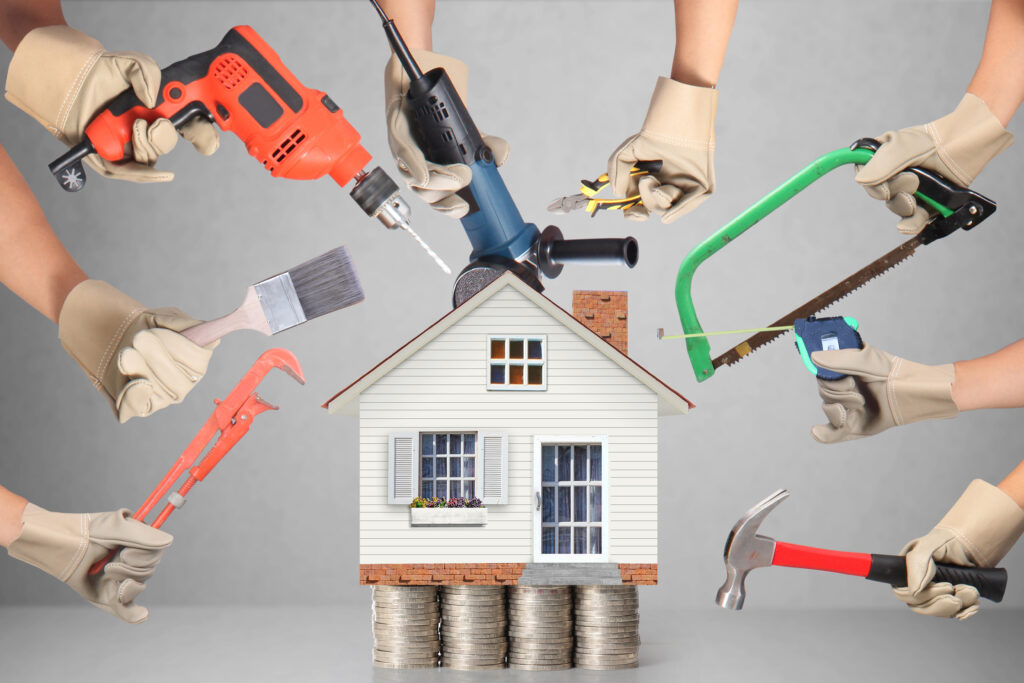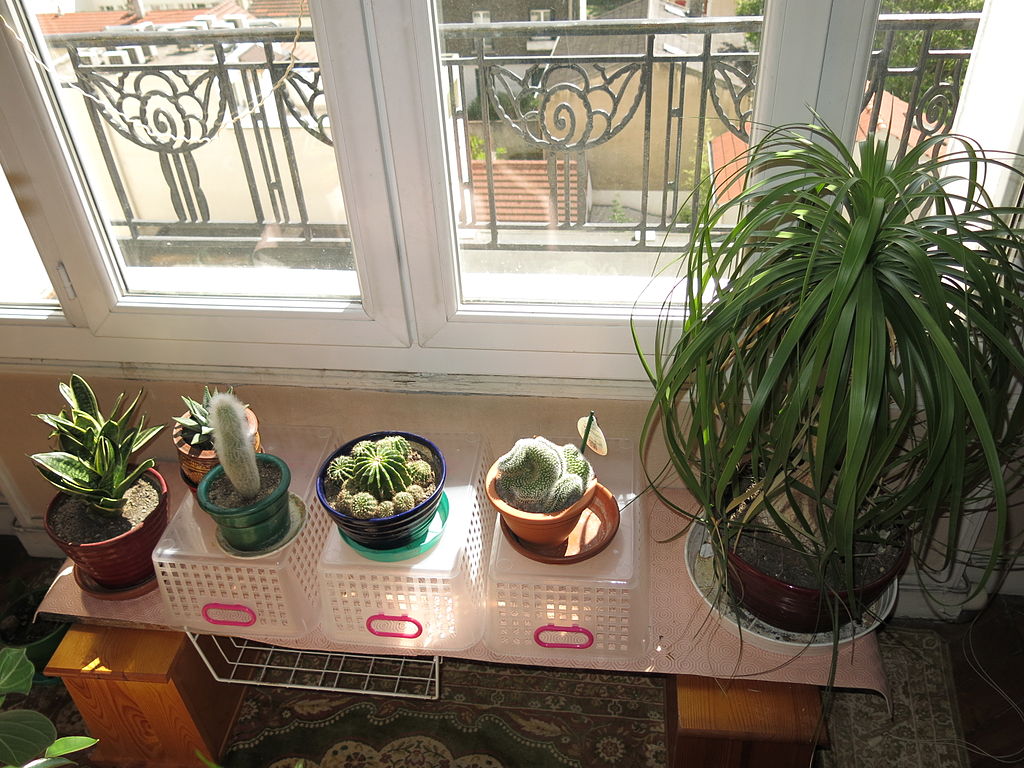Watching fixer-upper shows on HGTV and similar channels may be fun, but when it comes down to actually doing the work, the truth is that not everyone is a DIY’er. Fortunately, you don’t have to be the next Bob Vila to complete repairs, maintenance and installations around your home, and you also don’t need a toolbox full of expensive gear. Below are some simple tips for home improvement novices:
1. Use Washers When Installing Bolts
Bolts are used as fasteners when joining together two objects. Typically, you slide or screw a bolt through a hole between two objects and then screw on a nut to the end opposite the bolt head. What you also want to do is place a flat washer between the bolt and the material you’re affixing to. There are different types of washers out there, including USS flat washers, SAE flat washers and HDG flat washers, but each serves the purpose of distributing the pressure of the bolt head across a larger surface. You can purchase washers today from a variety of online and in-store retailers.
2. Turn Off Utilities Before Doing Plumbing Or Electrical Work
One big safety tip is to turn off your utilities when working on plumbing or electrical projects. This doesn’t mean calling your utilities provider and canceling service. Instead, you need to know where your electrical breaker box and your main water valve are located. Breaker boxes are panels of switches that are typically hidden away in closets or basements. Your main water valve may either be located somewhere in your yard under a grate or inside your home connected to a shut-off handle.
The reason you want to turn these utilities off before working on projects is due to safety. If you attempt to work on an electrical fixture while the juice is still flowing, you run the risk of severe shock, injuries and maybe even death. With water, you may not drown in a flood if you keep the main valve open, but you can cause major flooding and property damage to your home if you leave the water on while working on plumbing fixtures and pipes.
3. Maintain Your Systems
You can also cut out a lot of home repairs and repair costs by simply maintaining your home. Most home maintenance tasks are simple as long as you do them on a regular basis, and home maintenance tasks usually involve little effort.
For example, make sure your HVAC system’s filters are changed according to the schedule provided by the manufacturer. HVAC system filters are available at most department stores, but you can also order them in bulk online. Likewise, clean out your gutters at least twice per year to ensure that water flows through them smoothly. Allowing leaves and other debris to build up in your gutters can lead to the formation of ice during the winter, and it can also cause overflowing gutters and potential water damage around your home.
4. Use A Stud Finder When Hanging Things
When you hang a picture, piece of art or other decorative items in your home, you will likely want to use a nail or a screw. Before drilling, hammering or screwing into your walls, use a stud finder to locate nearby studs.
These are the wooden beams that support the structure of your walls, and a stud finder is an electronic device that you press against your walls to indicate the thickness of what’s underneath. If you hammer a nail into your drywall instead of a stud, you run the risk of causing a gaping hole in your wall since the nail likely won’t be able to properly support much weight and will probably fall in time, tearing a hole in the wall as it does so.


